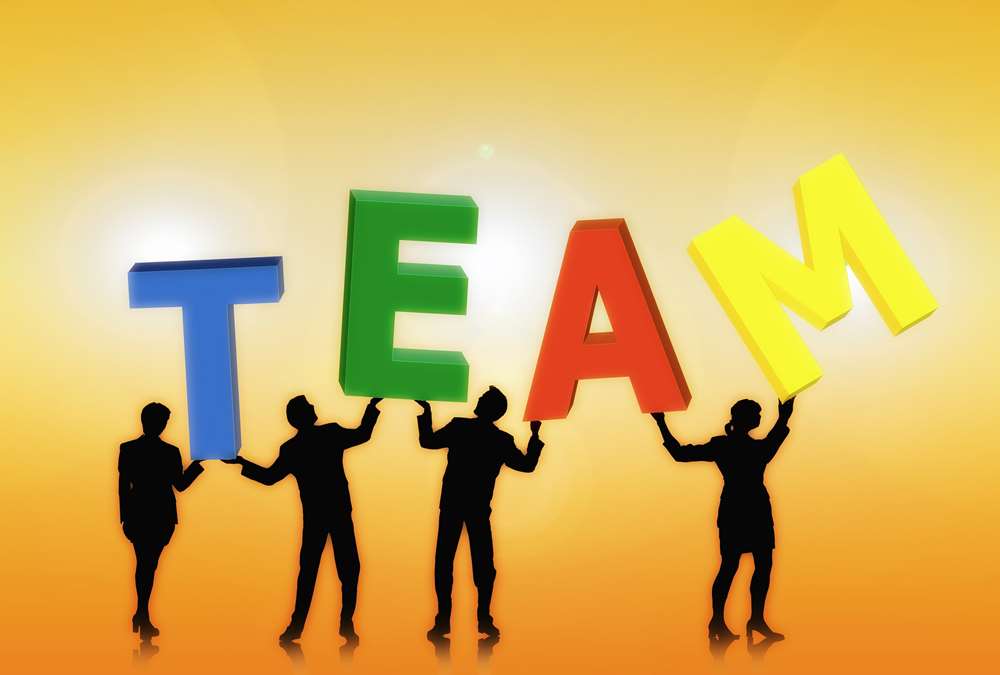
Leadership Skills – Team Management
Effectiveness often requires the right mix of people, skills, resources and a team that is focused on building good working relationships. How to be effective players and team leaders, solve problems and work towards common goals?
Most of the organizations we work for today are matrix organizations where the relevance of team-based approaches has gained even more importance. The biggest challenge leaders face when working with such structures is how, as team leaders, provide employee leadership and begin to share their responsibilities with team members in order to maximize creativity and productivity. Team leadership focuses on building the skills needed to initiate, develop, and sustain effective and vibrant teams.
This section of helps you develop a new set of skills and use these new tools and techniques in your workplace. These will help you in the main activities of organization management, motivation, development and communication with your team. The target audience for the course is anyone who is a member or leader of a team, whether it is a project, temporary, virtual or intact team. These range from choosing the right people and deciding who does what, to communicating, developing and motivating people.

Stress is an integral part of our life. No one can live without stress. Stress can be beneficial as well as harmful. Stress, as a positive influence, adds excitement and hope, while as a negative influence, it can lead to destructive feelings, anger, and depression. Although the general orientation of stress is to consider adverse outcomes, it should however be observed that experiences of stress can also facilitate the development of effective and varied coping behavior, increase personal resources and lead to a feeling skills in development. Stress at a moderate level is not only unavoidable but can be helpful for physical and mental well-being.

laissez-faire is a leadership style that provides group members with a great deal of independence. Tasks are delegated to group members and they are responsible for completing the project. Research has shown that this style of leadership leads to the lowest levels of productivity. This article explains this style and covers the implications of having a hands-off approach and situations where this style might be effective.

“Level 5 Leadership”, this term was coined by Jim Collins in his book “Good to Great” and is about achieving “Great” as a leader. This article explains what we mean by level 5 leadership and what are the characteristics of a level 5 leader. What does it take to achieve greatness as a leader, and what are the steps and strategies one can use to access that higher level of leadership.

Narrative leadership is interpreted as the leader who aspires to build leadership by telling stories. Leadership is a task of persuasion, of winning people’s minds and hearts. Storytelling is therefore intrinsically suited to the task of leadership. Discover the narrative leadership style and how to use this style to inspire and motivate followers or to manage change.

Creative ideas don’t come just like that. There is a process to this. There are a number of creativity techniques to support idea generation, but the widely practiced ones are brainstorming and lateral thinking. Most innovations are not so much the product of sudden ideas as the result of a conscious process that often goes through several stages. The creative process can be divided into four stages of preparation, incubation, evaluation and implementation.

As an individual, you almost certainly know what stress feels like. Stressors are events or situations that people have to adapt to. Stressors can be physical or psychological in nature. The level of stress intensity is determined not only by exposure, but also by the intensity, duration and frequency of stressors. There are many sources of stress. They arise from multiple domains with both the individual and the environment.

In this study of power, Raven identified five bases of power as coercive, reward, legitimate, referent, and expert. The 5 Power Types can help you decide when it is appropriate to use a particular Power Type in important situations. Leadership involves authority and it is very important for leaders to understand what kind of power they are using.

In its simplest sense, decision making is the act of choosing between two or more courses of action. Decision making is a key skill in the workplace and is especially important if you want to be an effective leader. When decisions need to be made, there are several steps to go through to arrive at a workable solution. Understand the meaning and importance of decision making and how to view it as a process.

Have you ever noticed how we express ourselves or interact with each other? Have you ever wondered what communication is and what role it plays in our lives? One might wonder if communication is so pervasive and integral to our lives, why study communication? We have to study communication because it is a complex process which consists of many elements and it is also plagued by a number of obstacles and it is necessary to remove the obstacles so that the communication process be effective.
